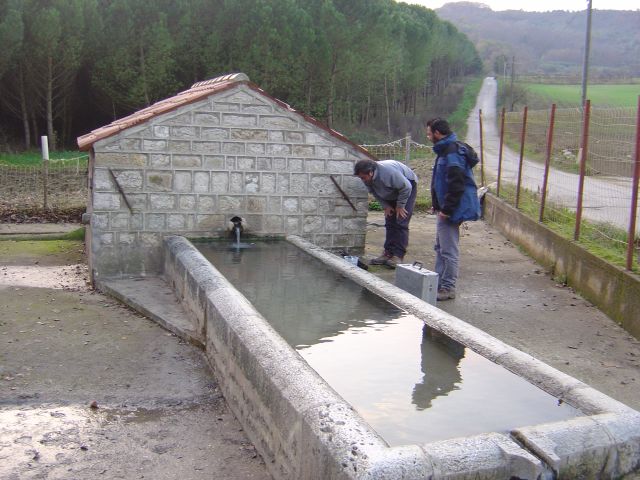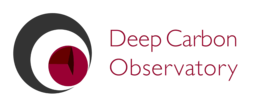
About Gas Emissions
The natural flow of gases from the Earth to the atmosphere takes place from both volcanic and non-volcanic areas of our planet. A common believe of the scientific community is that the available data on volcanic and non-volcanic gas emissions are still incomplete and, most importantly, they are fragmentary.
These general considerations have been the motivation for the development of tools to gather available data and organize them into a structure that will fit all new data that are going to be acquired in the future. A collaborative web-interface will allow researchers from abroad to access and contribute to the catalogue of observations. Those efforts will lead to a more precise quantitative view on the Earth degassing phenomena, from the local to the global scale, contributing to the update of budgets of global endogenous carbon emissions and to excite, inspire, and encourage new researches and institutions to join and contribute to the project
The MaGa Project
MaGa is a collaborative environment for researchers involved in the measurement of fluxes and compositions of gas emitted by geologic system. MaGa development started by a team of researchers within the PRIN research project 2008/S89Y8R Observations and Modelling of Gas Emissions from the source to the Atmosphere, funded in 2008 by the Italian Ministry of Education, University Research.
MaGa has been updated in 2013 for handling volcanic gas emissions, in the framework of a project to improve the knowledge of the degassing process in the Mediterranean area supported by DECADE-DCO initiative (A database for volcanic/non volcanic CO2 emissions in the Mediterranean area project by Chiodini G., Aiuppa A., Cardellini C.).
As today, MaGa holds 1886 natural gas emission measurements from 972 locations distributed worldwide
The heritage of MaGa: Googas
The grandfather of MaGa is represented by Googas, an online digital inventory of gas emissions in Italy funded by the Italian Civil Defence in the framework of the INGV-Italian Civil Defence V5 (2004-2006) project Diffuse degassing in Italy coordinated by Chiodini G. and Valenza M. The biggest effort in Googas was represented by the serialization of the information in a common format. The efforts put into Googas resulted in a publicly accessible web map displaying scientific data collected by numerous Italian Research Groups all over the nation.
So What is This All About?
After years of data collection organized on a base of a single research group or institution, there is clearly a need for a common framework that allow to aggregate measurements in order to observe the phenomena at a small, if not global, scale. The MaGa collaborative environment allows researchers from different institutions to collect data in the most seamless way. A web interface allows to insert data into a spatially referred relational database management system. Moreover, researchers are aware on the activity of the others and can access measurements.














